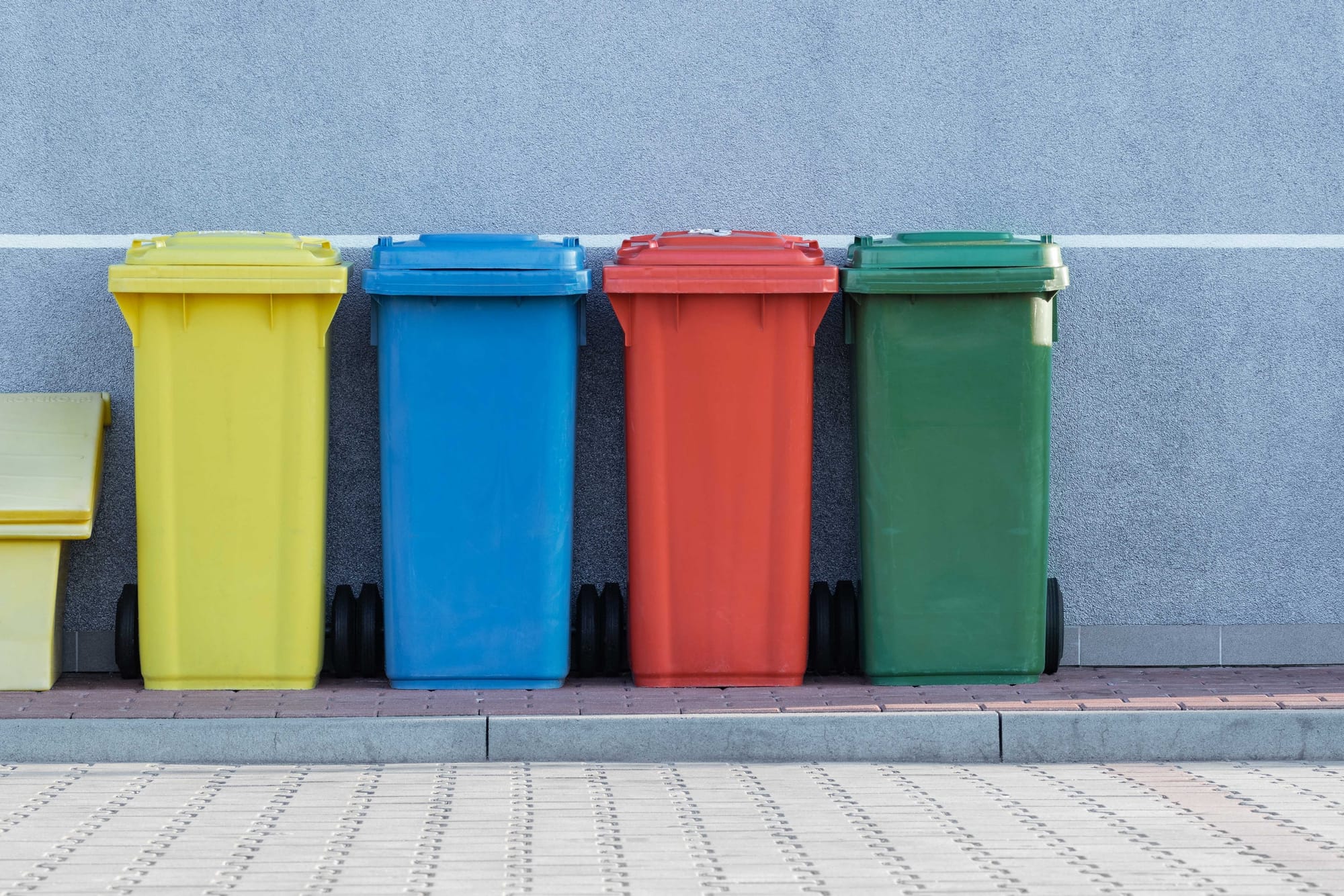The Fundamentals of Recycling

Recycling has a long history dating back to the 1800s when "ragmen" collected old textiles to be turned into paper. Around the same time, workers at landfills would pull out reusable items from the waste stream. After WWII, recycling efforts ramped up to support the war effort. It was not until the environmental movement of the 1960s that recycling started being viewed through the lens of environmental sustainability rather than purely economic utility.
Curbside recycling programs expanded slowly, reaching only 10% of waste by 1980 compared to over 50% today. However, recycling rates have largely stagnated in recent years even as waste generation rises. In 2018, 146 million tons went to landfills, up from 141 million tons the prior year.
A key challenge is contamination - when non-recyclable materials end up in the recycling stream. This confusion stems in part from the complex, locally-specific rules around what is and isn't recyclable.
Most communities use single-stream recycling where all materials go into one bin. This reduces costs but requires more separation at sorting facilities. Dual-stream systems with separate bins are less prone to contamination but cost more to operate.
Regardless of collection method, wish-cycling or aspirational recycling drives up costs. Contaminants slow down sorting and can spoil entire batches of recyclables. To combat this, consumers need to understand what happens during the recycling process.
At the materials recovery facility, recyclables go through multiple separation steps - screening, floating, magnetic sorting, manual sorting etc. - to prepare the materials for remanufacturing. Glass, metals and plastics are melted down while paper is repulped. Hazardous items like batteries require special handling to avoid fires or environmental damage.
Consumers play a key role by choosing products made with recyclable materials, especially #1, #2, #4 and #5 plastics. Avoiding single-use items through strategies like reusable shopping bags also helps. Most importantly, checking your local district's guidelines on what is and isn't recyclable prevents contamination. Items as small as grease-stained pizza boxes can spoil entire loads.
Recycling depends on consumers, haulers, processors and manufacturers working in sync. Avoiding wish-cycling and choosing sustainable products drives progress. But lasting change requires continued innovation across the recycling value chain to achieve closed-loop material flows.
Written by: Ayushman Roy Choudhury